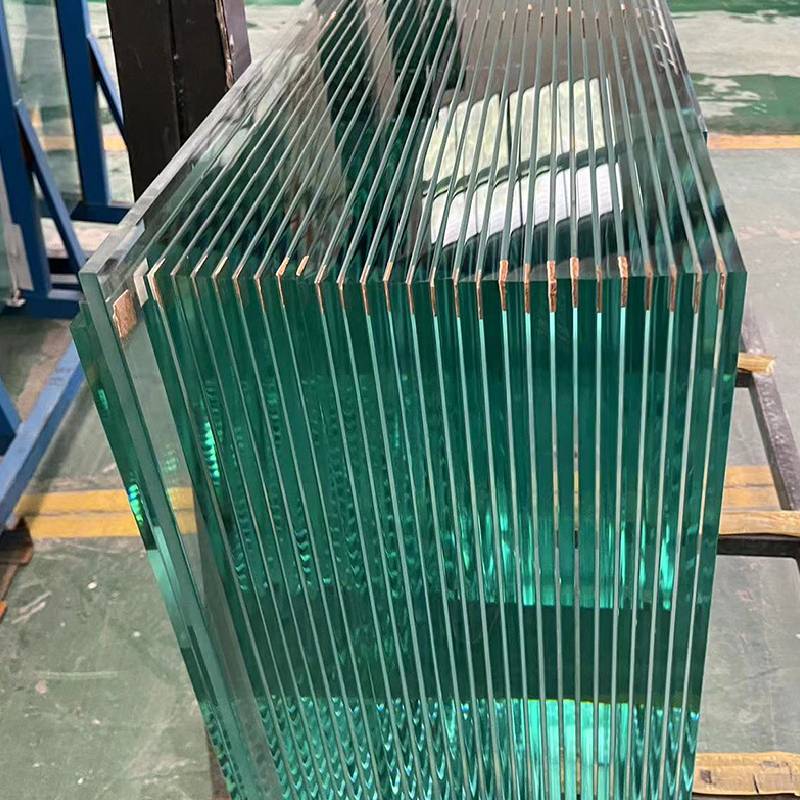Αυγ . 11, 2024 12:40
Natural State Embracing Glass and Mirror in Design
In the realm of interior design, the integration of materials that reflect, refract, and interact with light can transform the ambiance and spatial dynamics of any environment. Among these materials, glass and mirrors stand out not only for their aesthetic appeal but also for their ability to enhance the natural state of a space, blurring the lines between indoors and outdoors, and creating a sense of airy sophistication.
Natural State Embracing Glass and Mirror in Design
Mirrors, on the other hand, have a distinct role in design. They play with reflections, creating illusions of depth and space. A strategic placement of mirrors can amplify the effects of natural light, making darker areas feel brighter and more welcoming. When used thoughtfully, mirrors can also serve as art pieces, adding an element of intrigue and sophistication to a room. A large mirror on a wall can become a focal point that draws the eye, while smaller, grouped mirrors can offer a playful, eclectic aesthetic.

The combination of glass and mirrors in interior spaces can produce stunning results. Designers often employ these materials in a way that balances functionality with artistry. For instance, a room with glass partitions allows for privacy without sacrificing the feeling of openness, while mirrors can be used to create a sense of continuity, making spaces appear more extensive than they truly are. In bathrooms, mirrored walls and glass showers can evoke a spa-like atmosphere, combining luxury with practicality.
Moreover, the use of these materials aligns with the growing trend of sustainability and eco-friendly design. Glass can be recycled and repurposed, while modern advancements have made it possible to create glass products that are energy-efficient. By choosing reflective surfaces, designers can minimize the need for artificial lighting, thus reducing energy consumption. This thoughtful approach not only supports environmental conservation but also aligns with the principles of biophilic design, which seeks to enhance our connection with nature.
The aesthetic versatility of glass and mirrors makes them ideal choices for various decor styles—from modern minimalism to eclectic bohemian. In minimalist settings, large expanses of glass can be used to emphasize simplicity and function, whereas in more decorative spaces, mirrors can introduce ornate frames and elaborate designs that celebrate craftsmanship. This adaptability ensures that glass and mirrors remain relevant and essential elements in contemporary design.
In conclusion, the use of glass and mirrors in interior design is a powerful way to express creativity while fostering a natural and harmonious environment. Their ability to manipulate light, create reflections, and alter perceptions of space further enhances their appeal. By integrating these materials thoughtfully, designers can celebrate the natural state of an environment, bringing forth a sense of tranquility, openness, and beauty that resonates with the essence of modern living. As we continue to explore the dynamic relationship between materials and space, glass and mirrors will undoubtedly maintain their place as integral components in the evolution of interior design.
The Role of Mirror Glass in Luxury Interior Design
NewsJun.23,2025
The Best Textured Glass for Bathroom Windows
NewsJun.23,2025
Residential Glazing Energy Efficiency Requirements
NewsJun.23,2025
Float Glass Uses
NewsJun.23,2025
Clear Float Glass For Solar Panel Covers
NewsJun.23,2025
Benefits Of Using A Glass Mouse Pad Over Traditional Ones
NewsJun.23,2025